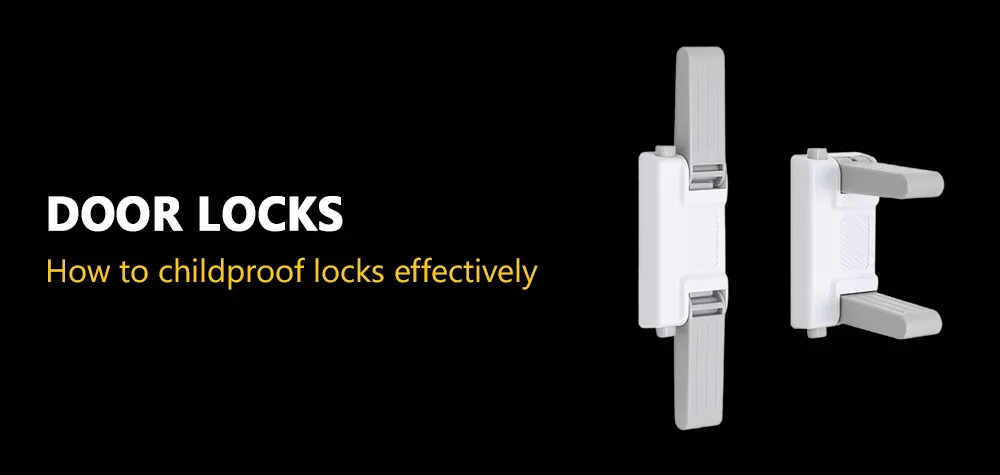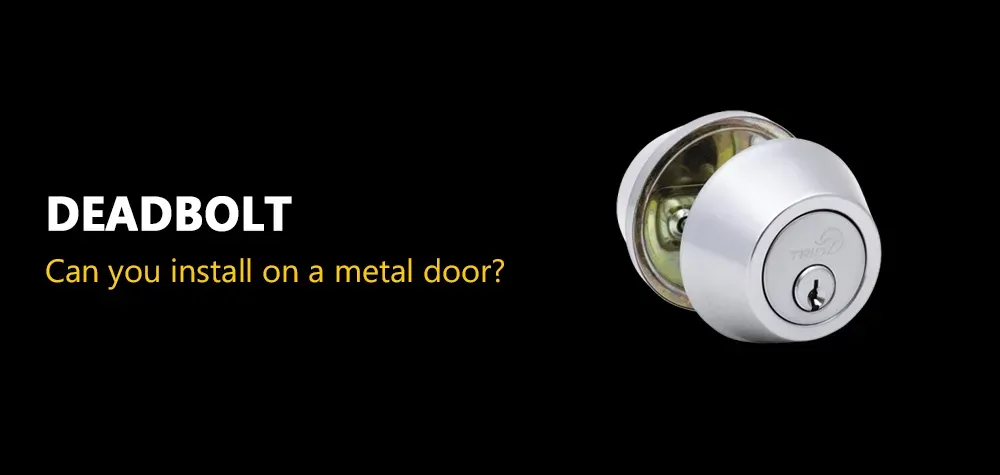What to Do If Your Fingerprint Lock Fails
Fingerprint locks are designed to provide convenience and enhanced security, but like all technology, they are not foolproof. When your fingerprint lock fails, it can leave you locked out, frustrated, and uncertain about what to do next. Understanding the reasons behind these failures, the potential risks involved, and the right steps to fix them can save you from unnecessary stress.
Best Lock Systems for Airbnb and Rental Properties
Causes of Fingerprint Lock Failure
1. Dirty or Damaged Sensor
Fingerprint scanners rely on clean and clear sensor surfaces to detect patterns. Dirt, dust, or grease on the scanner can lead to failed attempts. Over time, scratches or physical damage to the sensor can also prevent proper fingerprint recognition.
2. Worn or Wet Fingerprints
Frequent exposure to water, chemicals, or extreme weather conditions can wear out fingerprint ridges. If your fingers are wet, oily, or too dry, the scanner may struggle to recognize your print.
3. Software Glitches and Firmware Issues
Sometimes, fingerprint locks fail due to outdated firmware or bugs in the software. If your device has not been updated in a while, it may be prone to errors that prevent successful authentication.
4. Battery Failure or Power Issues
Electronic locks depend on a power source. A dead or weak battery can cause the lock to malfunction. If your lock suddenly stops responding, a drained battery might be the culprit.
5. Unauthorized Attempts and Lockouts
Most fingerprint locks have security protocols that disable access after multiple failed attempts. If you or someone else has repeatedly used an unregistered fingerprint, the lock may enter a temporary lockout mode.
Risks of Fingerprint Lock Failure
1. Being Locked Out of Your Home or Office
One of the biggest risks of fingerprint lock failure is getting locked out of important places. If you don’t have an alternative access method, you might be stranded until a locksmith arrives.
2. Security Vulnerabilities
A malfunctioning fingerprint lock can compromise security. If the lock falsely denies access to authorized users, it could mean an intruder has a better chance of exploiting the system.
3. Emergency Situations and Delayed Response
In urgent situations, such as medical emergencies or fire outbreaks, a malfunctioning fingerprint lock can delay access to a home, office, or important areas.
4. Potential Repair Costs
If the fingerprint lock is severely damaged, repairs or replacements can be costly. Depending on the brand and complexity, fixing a fingerprint lock can range from minor adjustments to full replacement.
Step-by-Step Solutions to Fix a Failed Fingerprint Lock
1. Clean the Fingerprint Scanner
Start by gently cleaning the fingerprint scanner with a soft, lint-free cloth and a bit of alcohol. This will remove dust, dirt, and oils that might interfere with recognition. Avoid using abrasive materials that could scratch the sensor.
2. Dry or Rehydrate Your Fingers
Ensure your fingers are clean and dry before attempting another scan. If your skin is too dry, slightly moisten your fingertips by rubbing them together. If they are wet, wipe them dry with a cloth.
3. Restart the Lock or Reboot the System
If cleaning the sensor does not work, try restarting the lock. Some smart locks have a reset button, while others require a battery pull or a system reboot via the app.
4. Update the Firmware
Check if your fingerprint lock has a pending software update. Updating the firmware can resolve bugs and improve the scanner’s efficiency. Most smart locks allow you to update through their mobile app or manufacturer’s website.
5. Check and Replace the Batteries
If your lock runs on batteries, replace them with fresh ones. Some locks provide low-battery indicators, but others may stop working suddenly when power runs out.
6. Use an Alternative Access Method
If your fingerprint is not being recognized, try using an alternative entry method such as a PIN code, key card, or a backup physical key, if available.
7. Reset and Re-register Your Fingerprint
If the lock continuously fails to recognize your fingerprint, consider deleting your stored fingerprint data and re-registering it. Follow the manufacturer’s instructions to add a new fingerprint profile.
8. Seek Professional Assistance
If none of the above methods work, contact the lock manufacturer’s customer support or a professional locksmith. They can diagnose deeper issues, including internal malfunctions or wiring problems.
Preventive Measures to Avoid Fingerprint Lock Failures
1. Regular Maintenance and Cleaning
Clean the fingerprint scanner regularly and keep your hands free from oil or debris when using the lock.
2. Keep Firmware and Software Updated
Regularly check for firmware updates and install them to keep your lock functioning properly.
3. Register Multiple Fingerprints
Most locks allow multiple fingerprints to be stored. Register different fingers on both hands to ensure you always have an alternative.
4. Monitor Battery Levels
Replace batteries before they run out. If your lock has a low-battery indicator, act immediately.
5. Have a Backup Entry Plan
Always have an alternative way to access your property in case of a fingerprint failure, such as a mechanical key or a backup passcode.
Conclusion: Stay Prepared and Avoid Lock Failures
Fingerprint locks are a fantastic innovation in home and business security, but they are not flawless. Understanding what causes them to fail, knowing the risks involved, and learning how to fix common problems can save you time and frustration. Regular maintenance, software updates, and having a backup entry plan can prevent lockouts and security issues. By taking proactive steps, you can enjoy the benefits of a fingerprint lock without the worry of unexpected failures.
Call Us Any Time!



